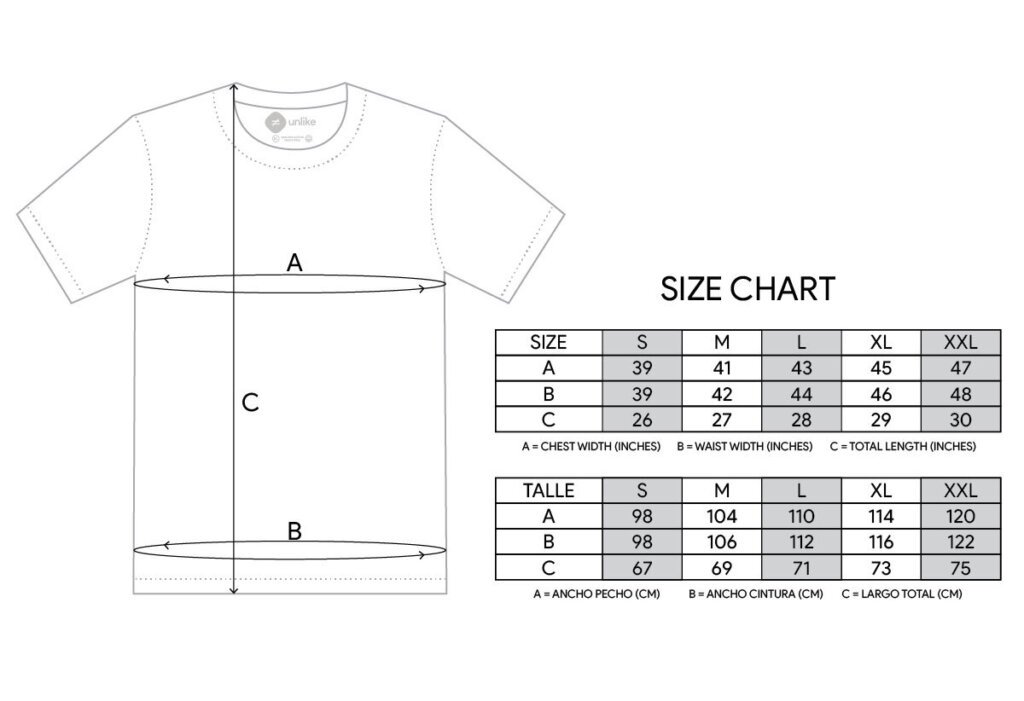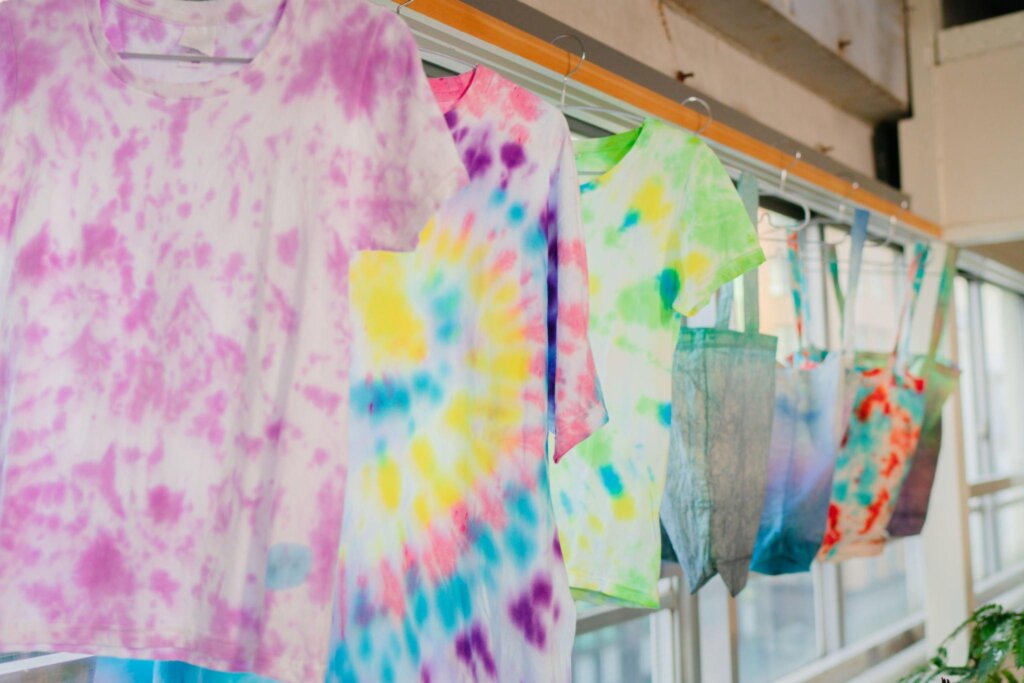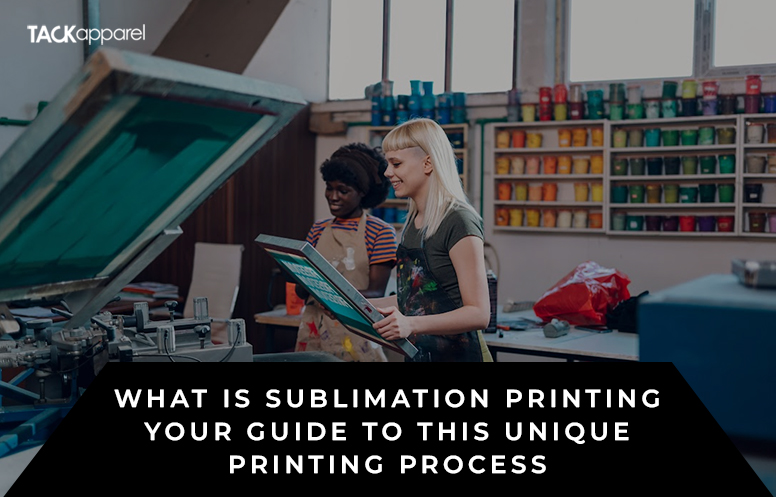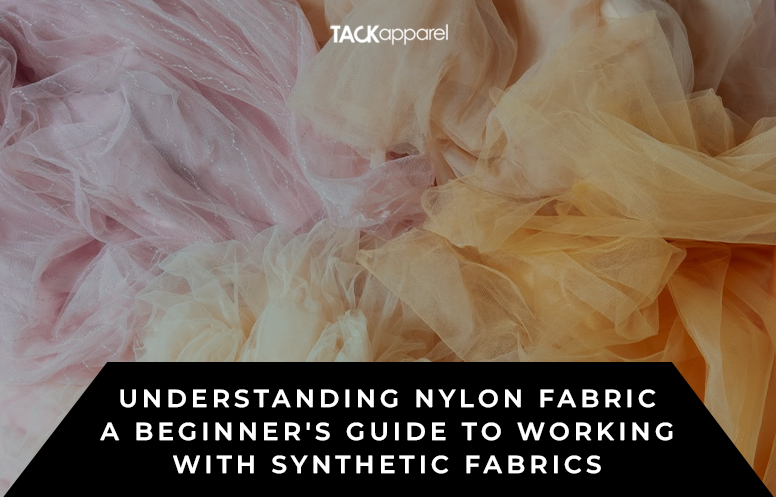A well-done clothing tech pack is an important part of the design and development process, but not everyone is able to make one or doesn’t know how to create a tech pack.
That’s in part because the phrase “technical” tends to strike fear into the hearts of first-time designers who are just starting a clothing line. While there are certain technical aspects to clothing tech packs, such as the necessary garment dimensions and language-specific vocabulary, these are not at a scientific level of complexity, and even the language simplifies matters once explained.
Why Do You Need To Create A Tech Pack, And What Is It?

Let’s start with the basics and figure out what a tech pack is before we go into how to make a tech pack for fashion. You might think of clothing tech packs, or technical specification packs, as the blueprints for your garments.
It’s like trying to construct a house without a set of plans outlining the room sizes, layout, building materials, etc.
You won’t get an accurate price quote from manufacturers or a quality product without a complete tech pack. The manufacturer’s ability to produce your clothing to your requirements relies heavily on the information provided in a tech pack, which serves as a collection blueprint.
In order to estimate development time and costs as well as determine minimum order quantities (MOQs), manufacturers require access to all available information.
Tech Pack: How To Create Tech Packs For Fashion
Tech packs serve as an in-depth method of communication between you and your clothes supplier, reducing the likelihood of misunderstandings. Their specifics may change from project to project, but they always include:
- Visual Mock-Up

To start, a visual mockup is required. This is a fashion illustration; therefore, its purpose is to convey the overall look of the garment. A rough understanding of the fit, the placement of seams, and the overall construction of the garment is sufficient; there is no need for it to be highly technical. A colored mockup with detailed instructions for the garment’s trims and fabric requirements is a good goal to shoot for. Composition information should be included in the material specifications.
- Weight
- Grams per square meter of weight
- Fabric finish
The tech pack should also include the number of colors required. If your tech pack contains three colors, for instance, you’ll need to display all three of them and note on the page numbers which colors correspond to which directions.
Your tech pack mockups can be made in a number of different ways. A simple prototype can be the first step toward a more complex mockup. A flat Illustrator sketch can serve as the basis for a quick and dirty mockup of the garment you’re trying to sell.
- Size Chart

Included in your tech pack should be a size guidance sheet that accurately reflects the proportions of your brand’s available sizes. The standard size chart includes the following four dimensions:
- Bust
- Waist
- Hip
- Height
However, additional details can be incorporated while creating a tech pack, provided the desired fabric and style are used. As a rule of thumb, men should choose a size range from small to extra big, while women should select a size range from extra small to large. The purpose of the sizing mockups and critical measurements is to clearly communicate to the garment manufacturer the precise measurements you require.
A garment’s grading describes how a given measurement shifts between sizes. Garment grading is crucial because it reveals the expected differences in fit between, say, a small and a big version of the same design.
- Technical Drawing

A flat CAD sketch portraying the intended fit of a garment should be included in your tech pack’s technical drawing. This sketch needs to be as accurate as possible. In architectural terms, it corresponds to the blueprints and cross-sections of a structure. Just pretend you have
- Sleeve
- Collar
- Chest
The 2D sketch must incorporate all of these elements. This sketch is the equivalent of laying out a T-shirt on the floor and beginning to measure it.
- Specifications Sheet

A spec sheet, a schematic showing actual photos of specific aspects that connect to the mockup, should be included as the fourth stage in creating a tech pack. Even with 3D modeling, it can be difficult to depict some aspects due to their complexity, so it’s sometimes advisable to utilize photographs of finished objects as a stand-in.
You may find many such detailed photographs on Pinterest, which is a terrific resource. If you conduct a search on Pinterest for a certain detail, you will quickly be presented with numerous high-quality, up-close images of various relevant aspects.
- Colors

A color schedule is a table that lists all of the various colors that will be used in the project, expanding on the color codes that were used in the prototypes. A table with five rows and the following data would represent, for example, a set of five colors. You’ll be able to identify any color with the help of the color name, a numerical value, the Pantone code, the Pantone guide, the RGB value, and a small swatch.
- Tags

The finishing touches on your fashion tech pack come with labels, tags, and images. Labeling artwork and being able to tie it to the areas of the garments that the artwork is utilized on is important if, for example, you have a design on a waistband or a certain pattern like a camel pattern that you are utilizing.
Different Sorts Of Tags Can Be Used, Such As
- A care label, which is comparable to the care label found on the left or bottom left of any garment contains information about the garment’s size, the manufacturer’s name and logo, the garment’s place of origin, washing recommendations, and the composition.
- A brand label, which functions similarly to a loop label, displays the brand name and size details.
You can also get a printed neck tag with the company’s website, some care instructions, and the logo on it.
- Placement Of Fabrics And General Construction Of Garments

This is where the final decisions for the garment’s construction will be made, such as which fabrics will go where, where the seams will go, and where the labels will be sewn on.
This is one of the most important parts of how to make tech packs and where most of the value is found. It can be difficult for a manufacturer to decide how to proceed with a design if this portion is missing.
- Materials List, Or BOM

In this part, you’ll find the item’s required fabrics. The BOM part may be simpler for more basic products like t-shirts, dress shirts, and basic dresses, while it may be more involved for jackets, coats, and products with both inner and outer linings.
- Figures For Reference

Although not necessarily necessary, this detail is useful in explaining where your ideas came from and provides a wonderful reference point for clothing manufacturers of custom designs in determining how the design will come together.
This section has pictures of individual products to emphasize certain features and uses. Important examples include fabrics, applications for branding (such as print or embroidery), and labels.
Justifications For Including A Tech Pack In Every Fashion Item

The inclusion of a garment tech pack is not a luxury. They are a fundamental need for every clothing factory worth its salt. They must be present for the following reasons:
- Samples Without Any Errors
If your tech pack is thorough and straightforward, there’s a better likelihood that your sample will be spot-on with your vision the first time around.
- Clear Cost Estimates
The manufacturer’s price estimate will be more precise the more thorough your Tech Pack is.
- Responsibility Of Manufacturers
If the factory makes a change to the materials or finishes and the final product doesn’t match your specifications, you can always look back to the Tech Pack to identify the deviations from your specifications and the steps necessary to rectify the situation.
- Quality Control
During quality assurance, your Tech Pack will serve as the primary reference document.
- Request For Change Monitoring
It is likely that your flawless sample will require more than one cycle to create, regardless of how precise your tech pack is.
- Expense And Time Reduction
Among these is cutting down on wasted development time, money, and physical samples that turned out to be incorrect. There are potential traps at every stage of product development, but with a comprehensive tech pack and careful record-keeping, you may avoid them all with relative ease.
- More Effective Teamwork
In the supply chain, your tech pack can help bring together previously separate functions. It has the potential to evolve from a static document into an interactive platform where designers, developers, purchasers, and quality assurance planners can pool their resources to rapidly produce higher-quality goods.
Using Emerging Technologies To Build Your Own Tech Pack
There is the traditional approach to how to make a tech pack, and then there is the modern, simplified technique.
Excel has been the industry standard for tech pack services in the fashion industry for many years. And with good cause. It’s based on something most people are already familiar with—spreadsheets—and it’s flexible, feature-rich, and easy to use. However, this is the central issue.
To begin, spreadsheets are inherently unchanging. Your garment tech pack and associated product data are scattered over multiple files and tabs. Your feedback and opinions are scattered throughout numerous spreadsheets and email threads. You’re spending an inordinate amount of time replicating similar text.
Techpacker is one example of a new technology that provides an alternative method. It’s still organized with rows and columns, like a table, but it offers a lot more customization options.
Each row represents an element of your design (a drawing, a material, a measurement, etc.), and each card stores all the images, comments, and files associated with that element. With one click, you may convert the visual board into a printable PDF fashion tech pack at any time.
Unlike Excel, Teckpacker’s visual approach to creating a tech pack allows you to see the full product development process at a glance. When reviewing and revising different parts of your Tech Pack, you won’t need to switch between tabs. Everything from the sketches to the bill of materials, the points of measurement, the costs, and more may be seen on a single sheet of paper.




